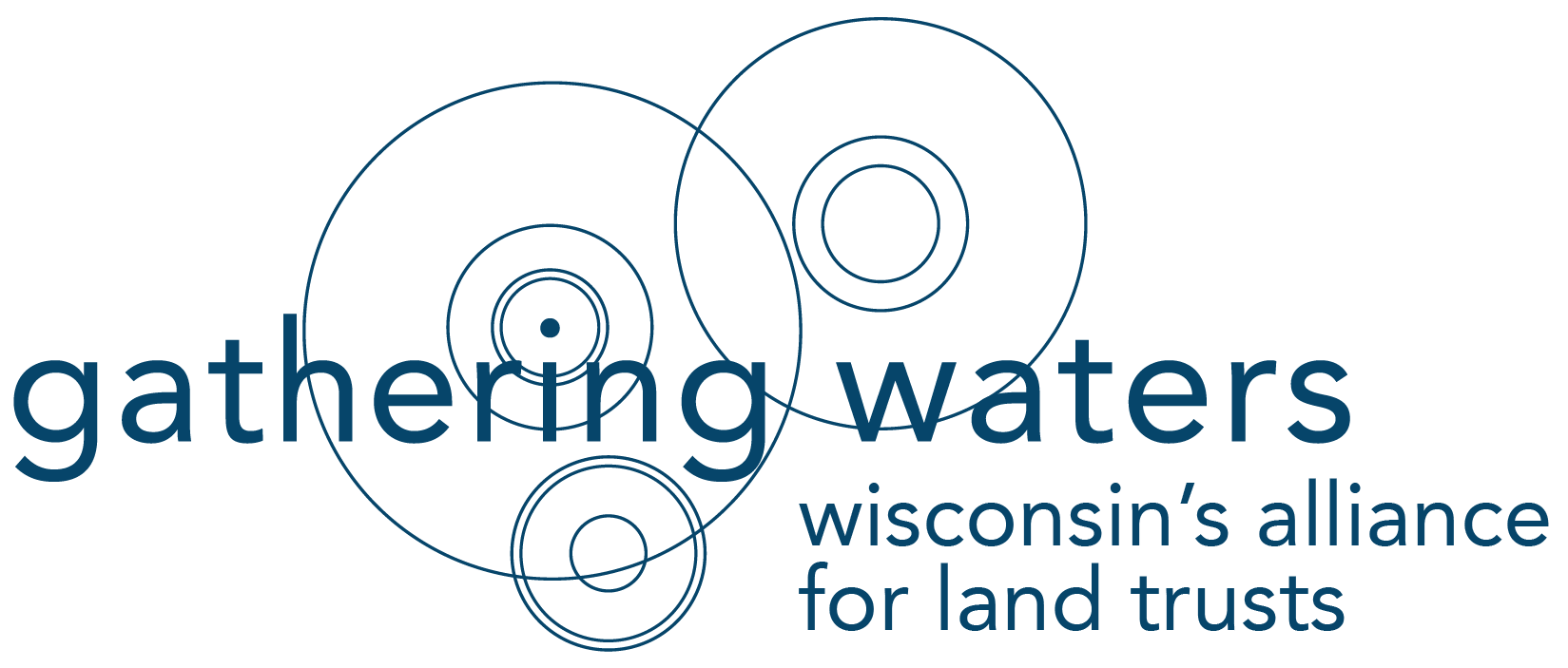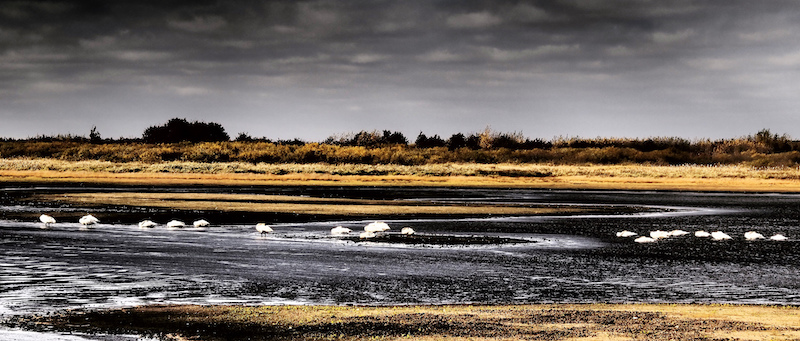This post is part of an ongoing series highlighting the impacts of the Knowles-Nelson Stewardship Program. The Stewardship Program provides funds for cities, counties, non-profit groups, and the state to purchase land for conservation. It also funds essential upkeep and maintenance of our waterways, parks, forests, and trail systems. The governor and state legislature must act to renew and strengthen the Knowles-Nelson Stewardship Program in their 2019 budget or it will expire. Join Team Knowles-Nelson today to stay up to date on our advocacy efforts and to be part of the movement to ensure continued funding for land and water conservation in Wisconsin.
The Crex Meadows Wildlife Area near Grantsburg, Wisconsin protects 30,000 acres of wetland, woodland, and restored bush prairie. A series of grants from the Knowles-Nelson Stewardship Program have provided funds to protect the land and to help Friends of Crex maintain the property. Crex Meadows is known for its hunting, hiking, and wildlife viewing.
Many thanks to Jim Evrard for writing this post.
As a retired DNR Wildlife Biologist and an active volunteer in several conservation groups, I’ve been involved in public land acquisition in Wisconsin for nearly 40 years.
When I started with the DNR, most of our acquisition money for wildlife management lands came from a tax charged on arms and ammunition. When Gaylord Nelson was governor, he created the Outdoor Recreation Act Program (ORAP), providing funds for recreational land acquisition by imposing a penny per pack tax on cigarettes. That program has evolved into the Knowles-Nelson Stewardship Program we know today.
Many tracts of land near my home in Northwestern Wisconsin were bought with Stewardship funds, but a recent acquisition is my favorite. Some years ago, a key tract of land on the northwest corner of the Crex Meadows Wildlife Area was put up for sale. The 170-acre tract was an old farm with idle agricultural fields, a young red pine plantation, and the northern half of a small prairie lake. A local attorney bought the land, and when he died, his widow inherited the old farm.
The south shore of the lake had been owned by the DNR for years, and it was home to nesting waterfowl, loons, and even a pair of osprey. It was feared that when the land on the northern side was sold, summer residences would be built and the wildlife use of the wetland would decrease drastically. But these fears were never realized due to good land stewardship by the former owners. The only change made to the land was a duck hunting blind used by the family on the northern edge of the lake. The widow’s son-in-law is conservation-minded, and he suggested that she sell the land to the DNR so that it would be included in the Crex Meadows project. Now the lakeshore is completely owned by the public and should remain wild forever.
In addition to the Stewardship Program, the Friends of Crex and the Sharp-tailed Grouse Society contributed funds to purchase the land, but the Stewardship Program was the catalyst that put together the partnership needed to buy the property. This partnership between a public agency and private conservation groups is a good example of cooperation between the government and its citizens. This spirit of cooperation continues in other projects including habitat management and recreational development.
As a retired person on a pension, I can’t afford to own land for hunting and other outdoor recreation. Land values have skyrocketed to a point where only wealthy persons can afford to buy and own extensive tracts of land or lakeshore. The rest of us increasingly depend upon public property for our outdoor recreation needs. Through the years, I’ve watched wildlife on the lake and surrounding grasslands. I’ve hunted deer and wild turkeys on the edges of the property since the DNR acquired the land, and I’m looking forward to hunting ducks on the lake. Thanks to the Stewardship Program, I should be able to continue my recreational use of the property for many years in the future.






